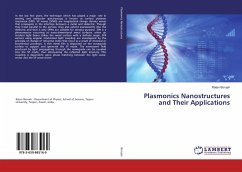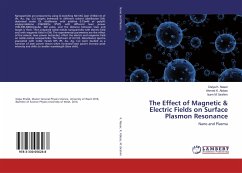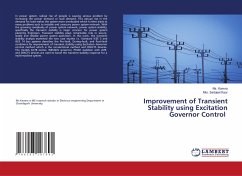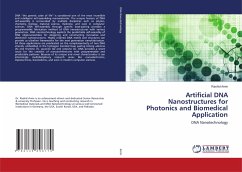In the last few years, the technique which has played a major role in sensing and molecular spectroscopy is known as surface plasmon resonance (SPR). SP waves (SPWs) are longitudinal charge density waves that propagate in the interface between a metal and dielectric. Though they travel parallel to the surface, they also extend evanescently into the dielectric and that is why SPWs are suitable for sensing purpose. SPR is a phenomenon occurring at nano-dimensional metal surfaces, when an incident light beam strikes the metal surface with a definite angle. SPR sensors using angular modulated light coupling are investigated by the principle of change of refractive index that occur as a result of chemical or biochemical processes. A thin metal film is deposited on the waveguide surface to support and generate the SP mode. The evanescent field produced by light propagating through the waveguide can be coupled into the SP mode, thus attenuating the reflected light intensity. This coupling is dependent upon phase matching between the light wave-vector and the SP wave-vector.








